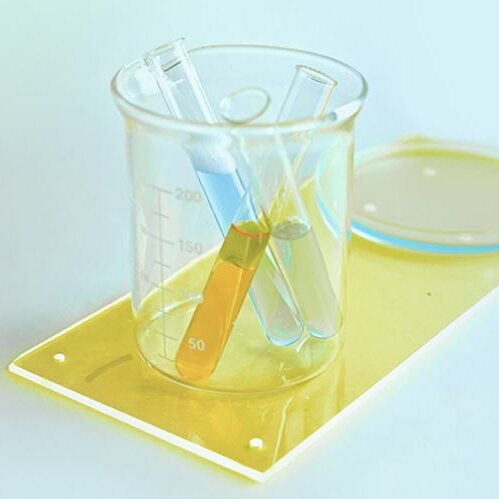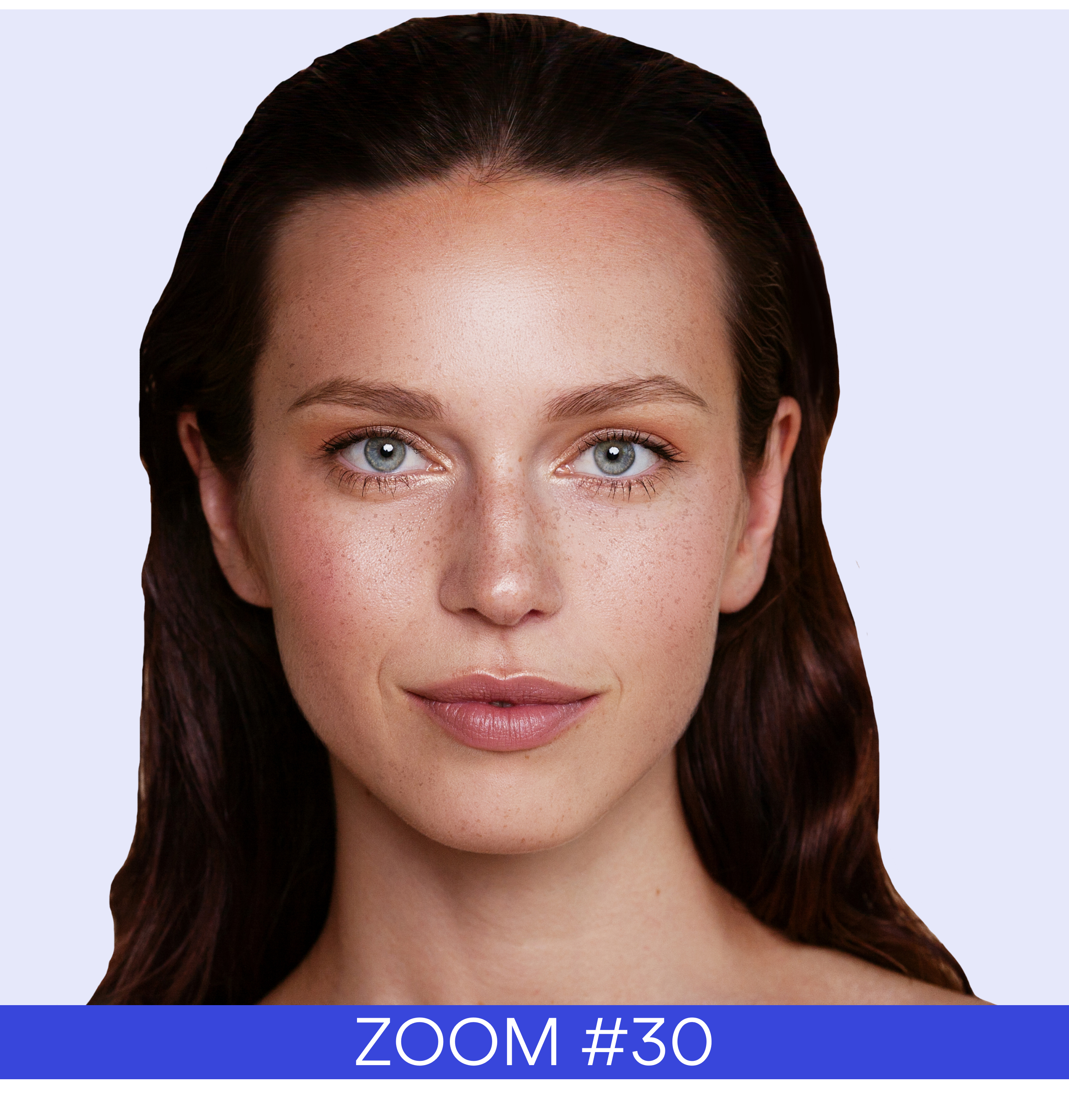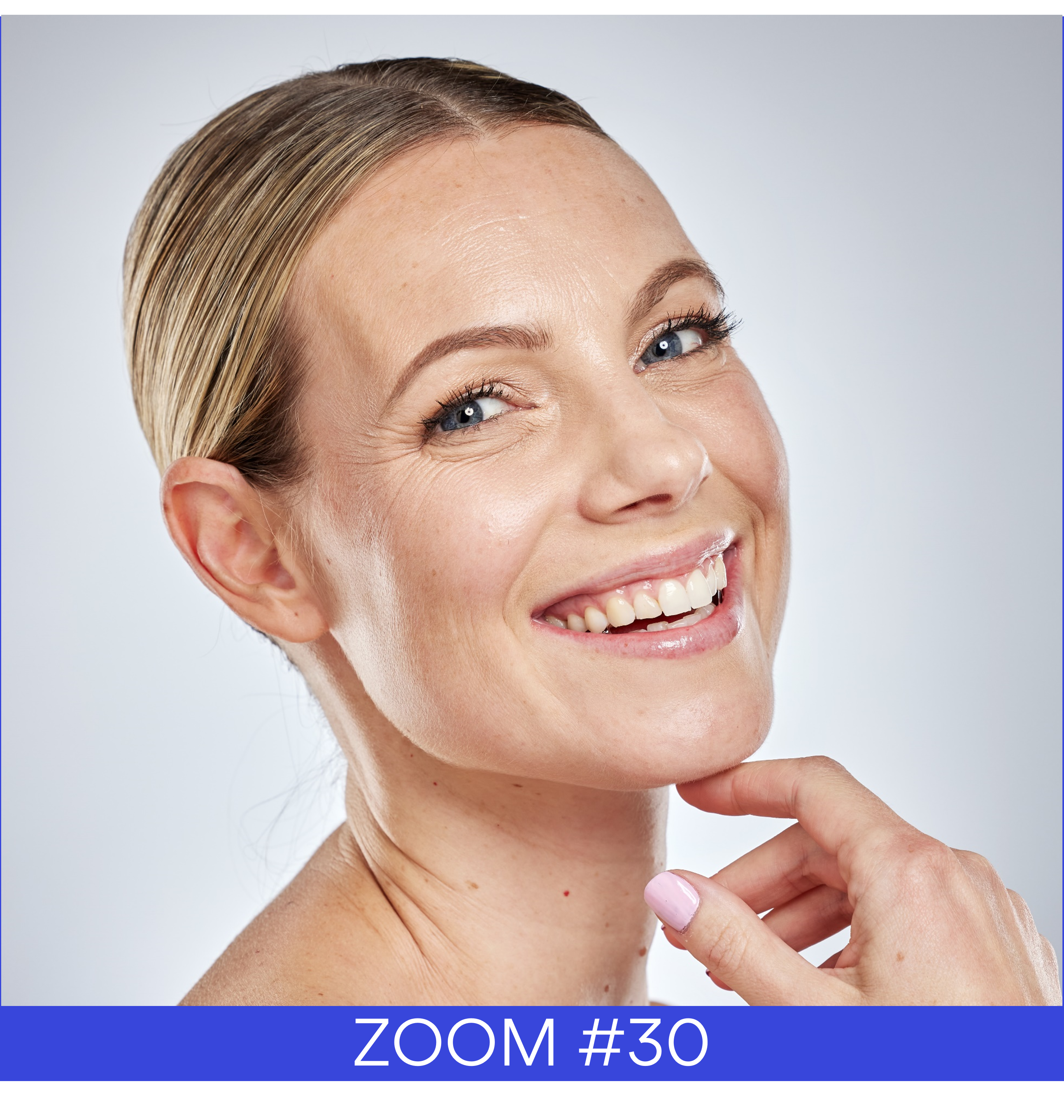It’s slightly ironic that a preservative, meant for enduring stability, could find itself in shaky territory. But alas, after parabens and palm oil, phenoxyethanol is the next p-ingredient under scrutiny.
Introduced in the 1950s, this clear liquid with a faint rose odor is used in everything from personal care to certain laundry detergents. It occurs naturally in green tea and chicory, but the lab-created version is a pH-balanced concoction of phenol and ethylene oxide, mixed in an alkaline medium. A 2017 study of personal care products found that 23.9% contained the ingredient. It’s listed in the Handbook of Green Chemicals, albeit a 2004 publication.
However, not all enterprises feel the same way. EWG gave it a 2-4 rating, putting it in the low-to-moderate hazard category. There have been reports of allergic reactions, irritation, and infant oral exposure proving particularly risky, with a warning issued for Mommy’s Bliss Nipple Cream. Beauty Heroes banned the use of the ingredient from the get-go. “It’s an ethoxylated ingredient, which means it goes through a chemical process that potentially could result in traces of 1.4 dioxane, a carcinogen, being present in it, so it’s a no-go for us. Also, phenoxyethanol is restricted in Japan and the EU for its use in cosmetics, which made it a clear ingredient we would avoid,“ the retailer’s founder, Jeannie Jarnot, tells Well Insiders.
By CARLA SEIPP – NOVEMBER 12, 2021









 Follow us on Linkedin!
Follow us on Linkedin!